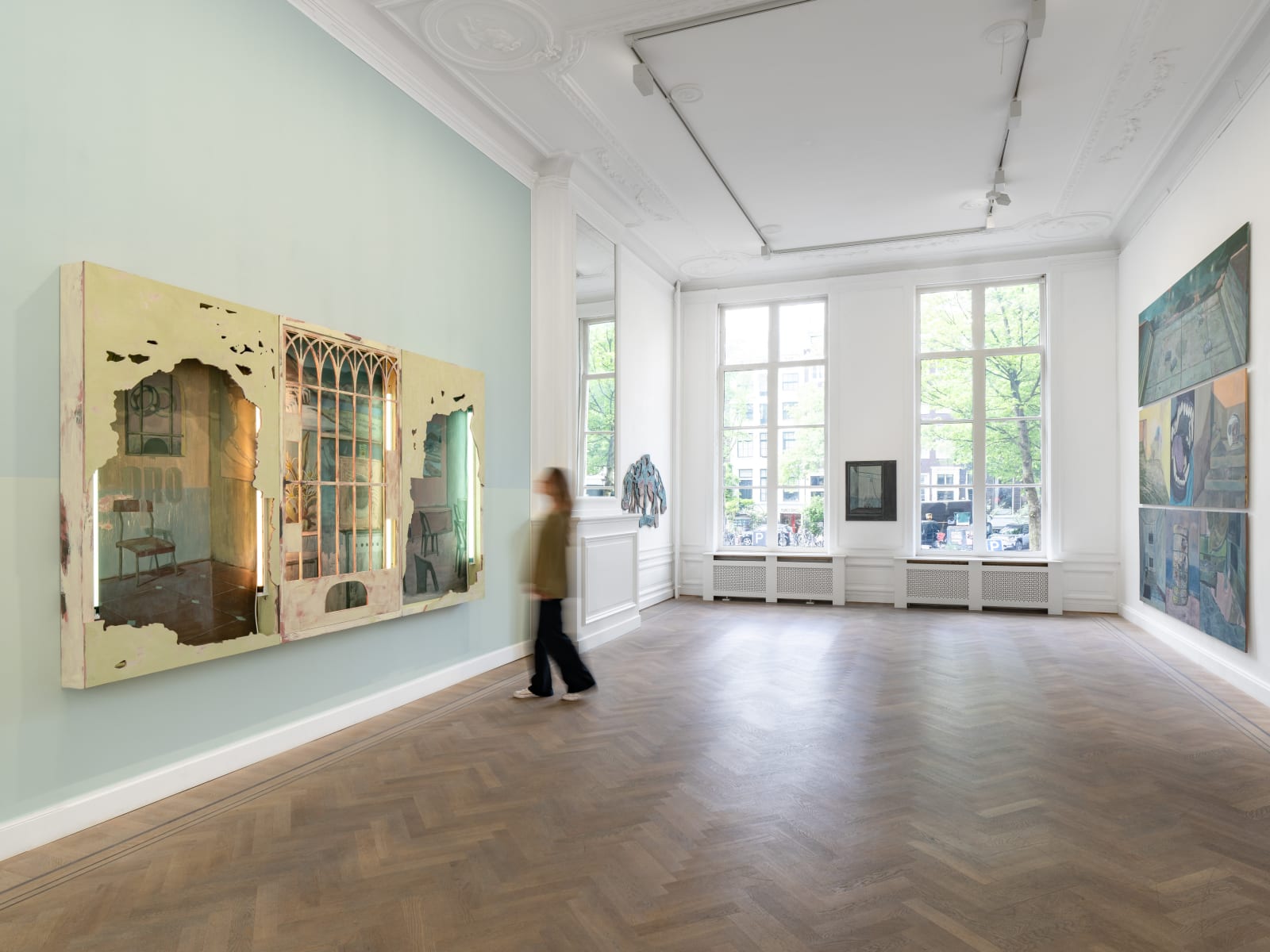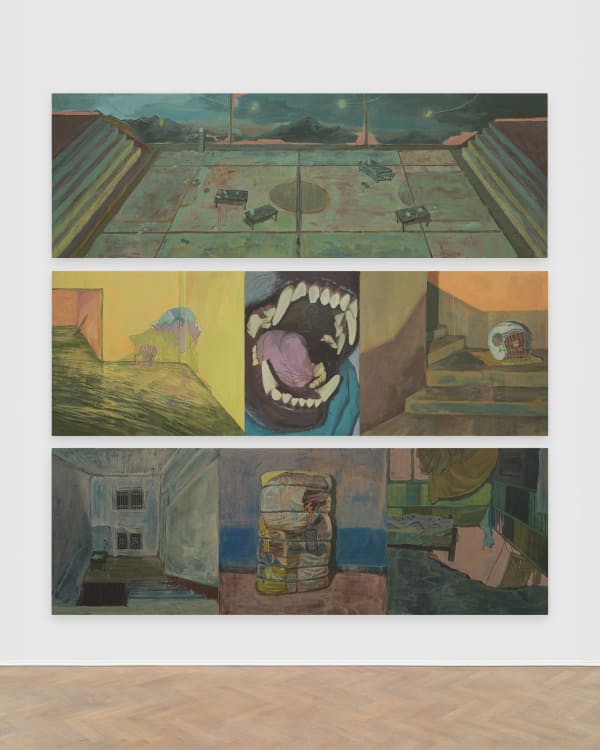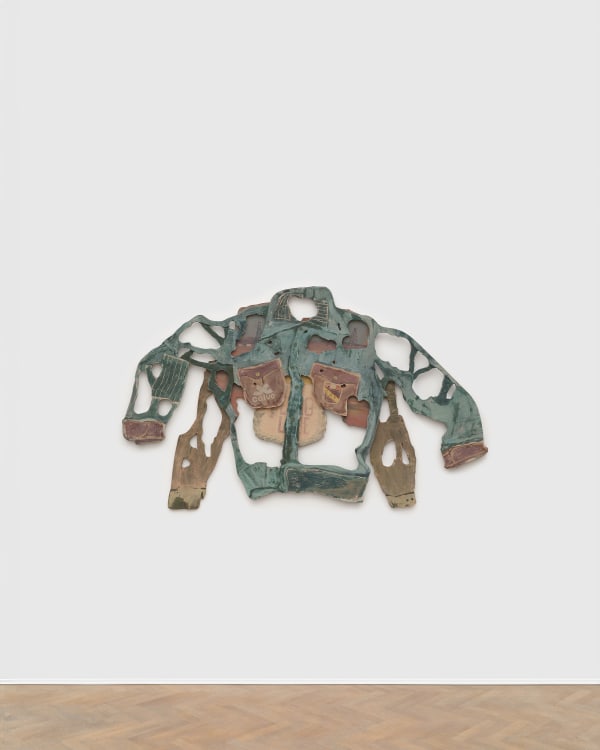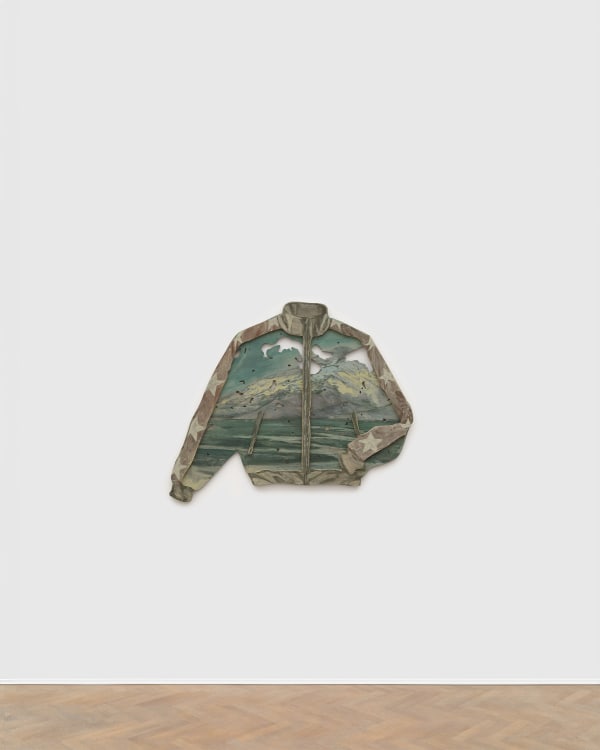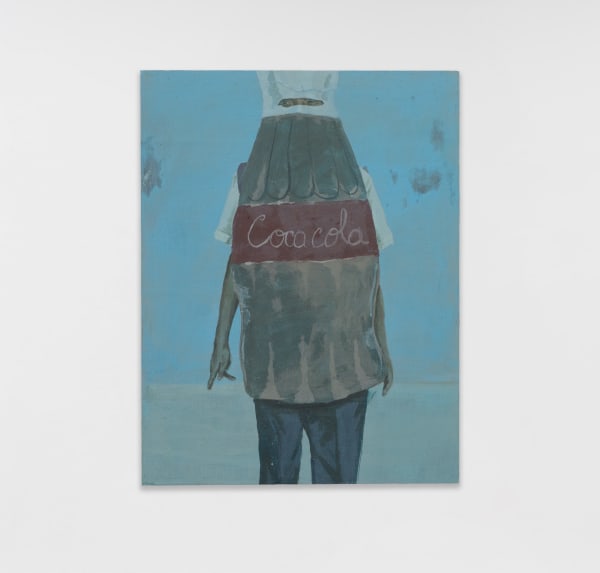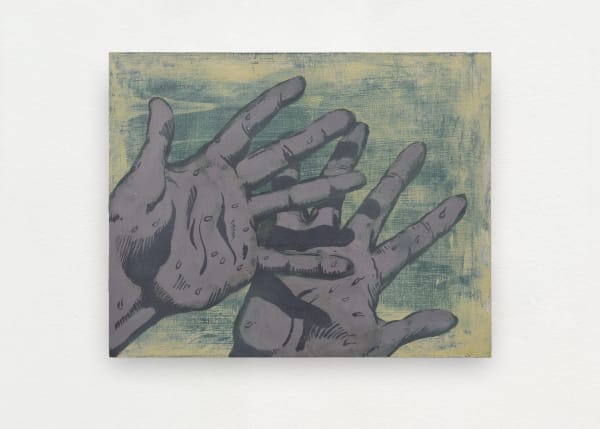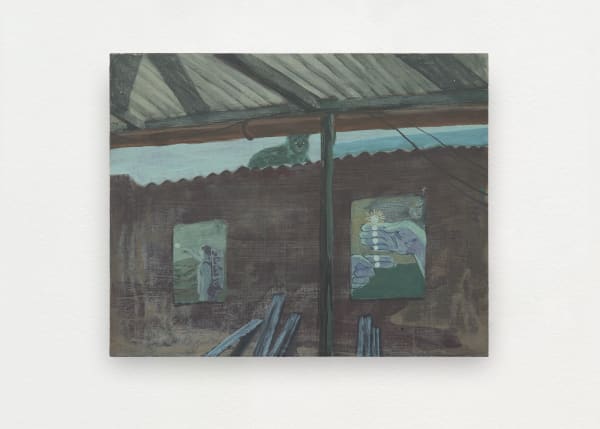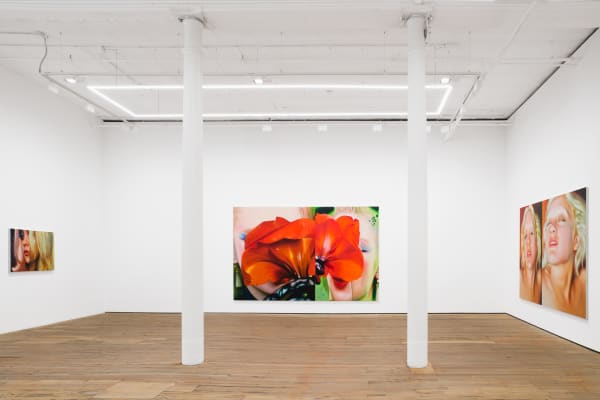-
Arturo Kameya
The moon wanted to be the sun, but it was too late to change
May 22 – July 19, 2025
Keizersgracht 241, Amsterdam (NL)
-
-
GRIMM is pleased to present Arturo Kameya's new solo exhibition, The moon wanted to be the sun, but it was too late to change,
which will open on Thursday, May 22, at the Amsterdam gallery during Amsterdam Art Week 2025 (May 22-25, 2025). -
-
Arturo Kameya’s work examines the narratives and myths that comprise different versions of Peru's socio-political history. Works in various media are often grouped together to create large-scale installations that delineate connections between disparate historical events by linking together a range of visual cultural languages that have been formed over time. His work has garnered increasing attention in recent years for its investigative and direct critical depictions of his native country, Peru, which narrates both the troubling and familiar aspects of life there. The country’s depicted troubled past holds direct universal truths that surpass the geographic location and touch upon universal contemporary existential issues.
-
Kameya’s paintings depict the grey dusty urban life of a city like Lima, as well as iconography relating to news footage, pop culture, soccer and Catholic paraphernalia. Additionally, Kameya’s work presents surrealistic depictions of micro-identities; influenced by urban mythology from the context in which he grew up. Kameya deals with ideas about spirituality and transfiguration, in the context of strong disbelief and distrust towards state institutions. These works consider the relationship between seeing, believing, representing and staging.
-
Underscoring the universal themes in his work, among them displacement, culture and identity, Kameya was inspired by the ideas of writer and poet Édouard Glissant (1928-2011), known for his work in postcolonial theory and the complex relationships between cultures. He laid the foundation for the thought that identities are not fixed but arise through a continuous dialogue and cross-pollination of different influences.
-
-
"An identity that does not define itself through a root anchored in the soil or territory is an identity without a defined beginning, a germinal foundation; instead, it presents a relational development. For this reason, it is an identity without Original Sin, without an inherited debt, and without shame for being or existing. Debt, whether literal or symbolic, is an underlying condition based not only on economic aspects but also on cultural, epistemic, spiritual and emotional ones. However, no matter how stubborn these identities may be, islands seem to have an increasingly definitive fate: disappearance. The glaciers will finish melting, the tides will rise, and the sea will erase all evidence of those micro-medium identities." - Arturo Kameya
Kameya uses this description of identity as a metaphor for ‘islands’ in his work: unrooted, transparent, and a form of protest against the homogeneous concept of culture. The paintings in this exhibition are based on Kameya’s own memories.
-
-
Art Basel Statements, Booth M15
June 19 – 22, 2025Alongside his solo exhibition at GRIMM, Amsterdam (NL), GRIMM is proud to present Every step is a payment in full, a new installation by Arturo Kameya (b. 1984, Lima, PE), debuting in the Statements sector at Art Basel.
-
For enquiries regarding the featured works or for more information,
please email: enquiry@grimmgallery.com -
 Arturo Kameya in his studio (NL), 2023 | Photo by: Jonathan de Waart
Arturo Kameya in his studio (NL), 2023 | Photo by: Jonathan de Waart -
Explore more
Viewing Rooms
